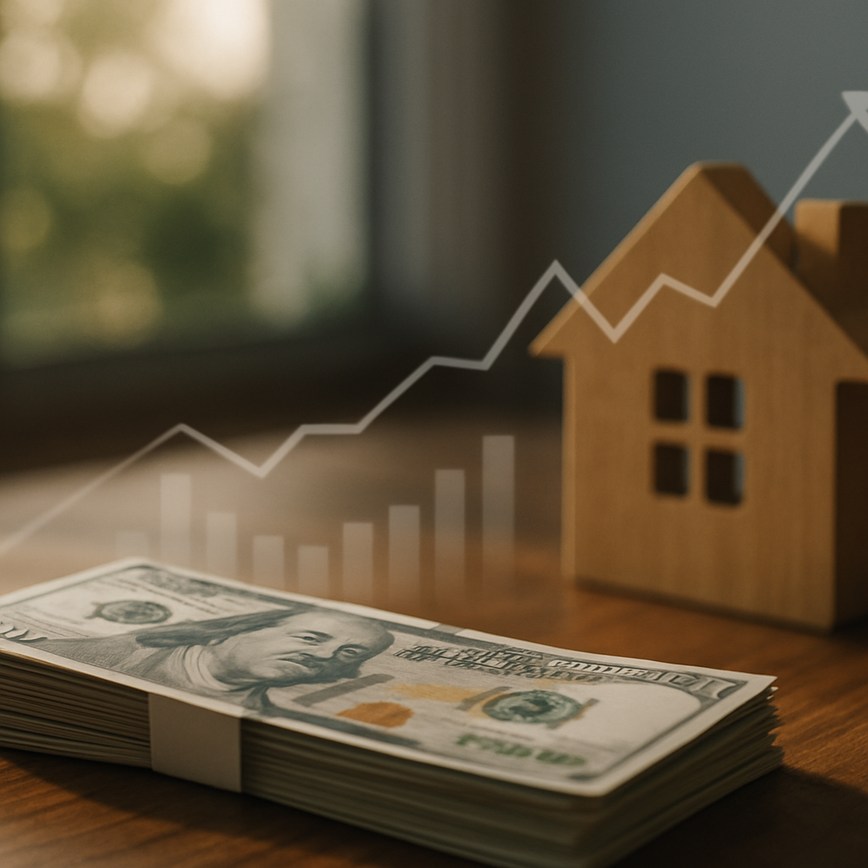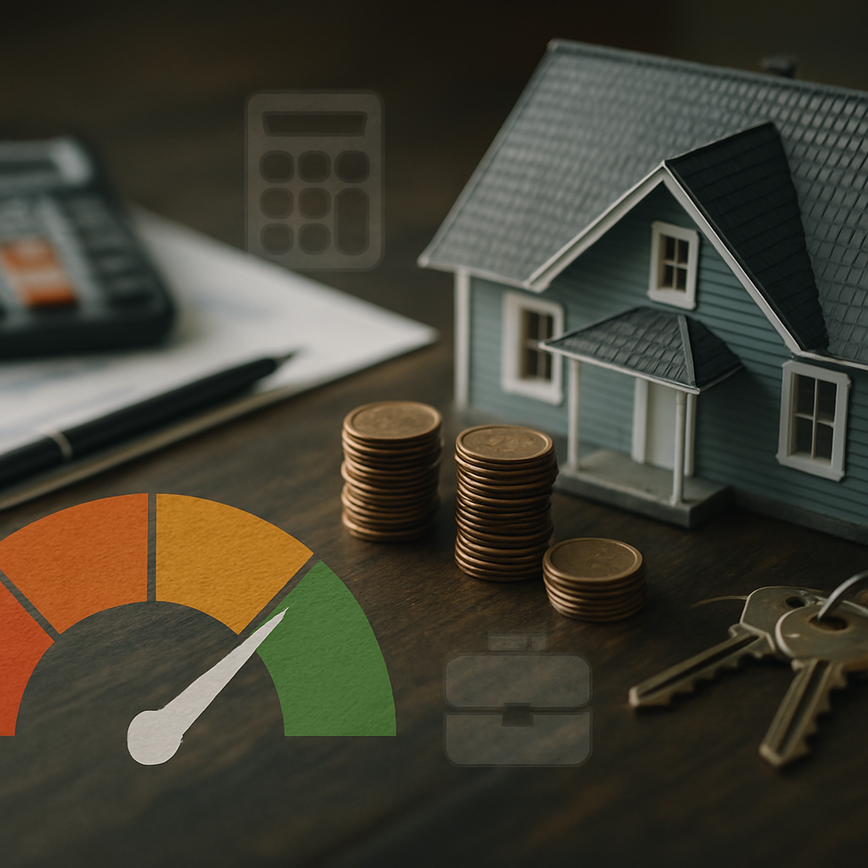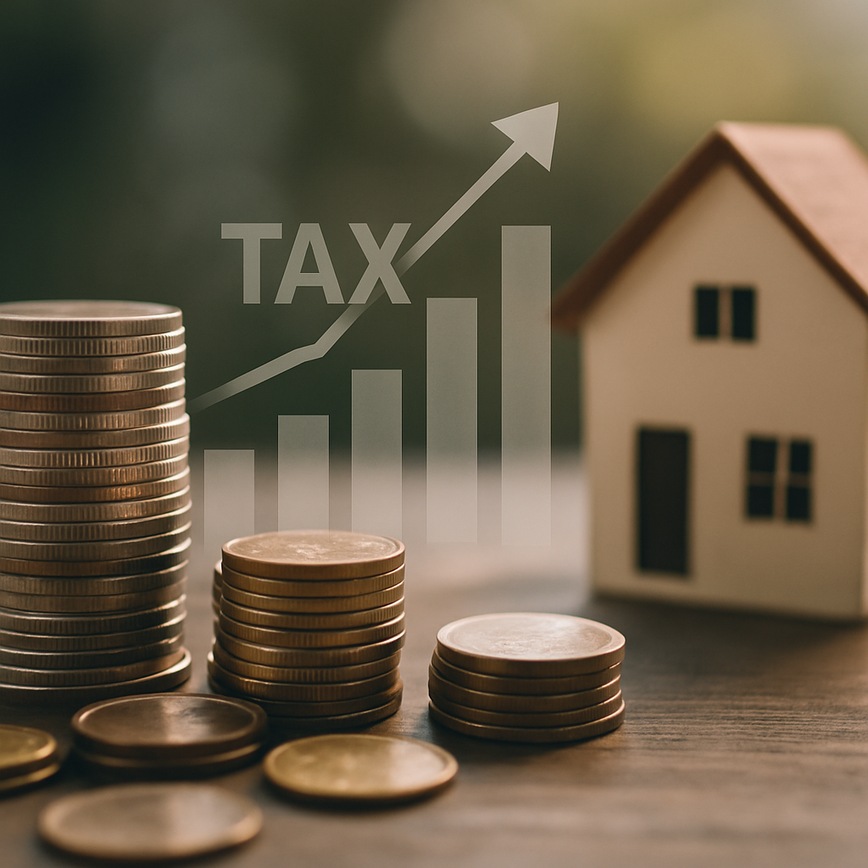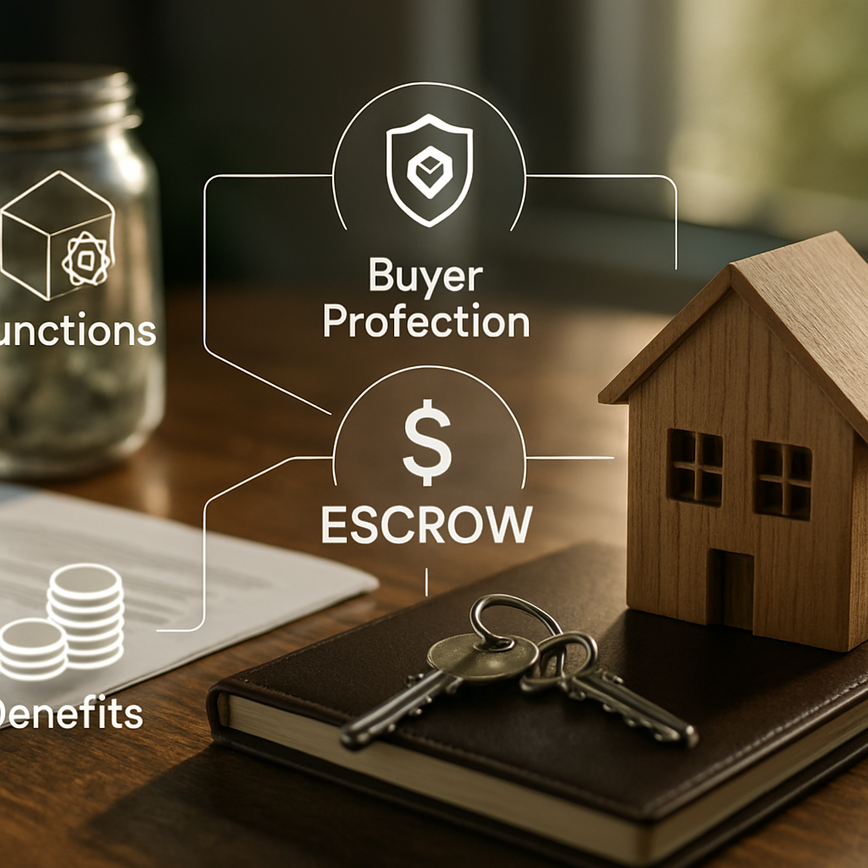Taxation on Short Term Capital Gains: How to Pay Less Legally
Understanding Capital Gains Tax: An Overview
Alright, let’s dive into capital gains tax, particularly when it comes to selling jointly owned properties. You see, short-term capital gains pop up when a property is sold within a year of buying it. And guess what? These gains get taxed as ordinary income. So, depending on how much you earn, the tax rate can swing quite a bit.
Here’s a handy breakdown of how the tax structure looks for short-term capital gains:
| Income Level | Short-Term Capital Gains Tax Rate |
|---|---|
| Up to $10,275 | 10% |
| $10,276 to $41,775 | 12% |
| $41,776 to $89,075 | 22% |
| $89,076 to $170,050 | 24% |
| $170,051 to $215,950 | 32% |
| $215,951 to $539,900 | 35% |
| Over $539,901 | 37% |
When it comes to jointly owned properties, both parties might have to report their share of gains. So if one person cashes out on their stake, they’ll owe taxes on that profit. Couples? Well, they need to keep an eye on their combined income; sometimes one spouse’s pay can push them into a higher bracket.
Don’t forget! The IRS has certain deductions you could use to possibly lower your taxable gains. For example, if the property was your main home for two years, you might be eligible for a capital gains tax exemption, up to $500,000 for couples!
For more details, check out Kiplinger or head over to Investopedia for in-depth definitions and examples.
If you want to dig a little deeper into property ownership and taxes, you might be interested in some related articles like saving on rental income taxes or tax-saving strategies when selling a house in India.
The Mechanism of Capital Gains Calculation
Alright, let’s break down how the whole capital gains calculation thing works. So, you’ve got capital gains when you sell an asset for more than what you paid for it. When it happens in under a year? Boom, that’s short-term.
First, you need to figure out the property’s basis. That’s usually the purchase price plus any improvements you made. Here’s a simple table to give you the idea:
| Item | Amount |
|---|---|
| Purchase Price | $200,000 |
| Allowable Deductions for Improvements | $50,000 |
| Selling Costs (e.g., agent fees) | $20,000 |
| Selling Price | $300,000 |
So, the capital gains formula ends up being:
Selling Price – (Purchase Price + Improvements + Selling Costs)
For our example, the taxable gain would look like this:
$300,000 – ($200,000 + $50,000 + $20,000) = $30,000.
That $30,000? Yep, that gets taxed as ordinary income, depending on tax brackets, between 10% and 37%.
Knowing these details is key, especially for those navigating the sometimes murky waters of jointly owned properties. Want more specifics? Check out this Investopedia article.
And for further reading, our internal links could help with stuff like home selling checklists or tax-saving strategies.
Short-Term vs. Long-Term Capital Gains: Key Differences
Getting the difference between short-term and long-term capital gains is super important for planning your finances. So, short-term gains? They happen when you sell an asset within a year of buying it. Long-term? That’s for anything held longer than a year.
Now, let’s talk about tax rates. Short-term capital gains are taxed like ordinary income, as shown in the table below. This means if you’re making higher earnings, your tax hit can really add up.
| Tax Rate | Income Range for 2024 |
|---|---|
| 10% | Up to $11,000 |
| 12% | $11,001 to $44,725 |
| 22% | $44,726 to $95,375 |
| 24% | $95,376 to $182,100 |
| 32% | $182,101 to $231,250 |
| 35% | $231,251 to $578,125 |
| 37% | Over $578,125 |
On the other hand, long-term capital gains usually get favorable tax rates, like 0%, 15%, or 20%. Just think about how much money you could save by holding onto an asset a bit longer.
The tricky part? If you both co-own a property, it can really complicate how taxes on capital gains are calculated. Each owner gets taxed according to their own income bracket, which is why knowing these differences is crucial for managing tax liabilities effectively.
For more current info and rates, check these resources:
– [Source: Kiplinger]
– [Source: Investopedia]
– [Source: Forbes]
If you wanna read up more, consider looking into articles on co-ownership and how it impacts taxes, like the one about NRI Capital Gains Tax on Property or how to save on rental income tax this year.
So, when co-owners decide to sell property, it’s super important to grasp how short-term capital gains tax works. You sell for more than you bought it—held it for less than a year? You’ve got short-term capital gains on your hands.
The tax rate here is the same as your ordinary income, hitting up to 37% depending on total income levels in 2024. That split gain? Each co-owner’s responsibilities can look pretty different based on how they earn.
| Co-Owner | Ownership Share | Total Gain | Short-Term Capital Gain Tax Rate | Tax Due |
|---|---|---|---|---|
| Owner A | 50% | $200,000 | 24% | $24,000 |
| Owner B | 50% | $200,000 | 30% | $30,000 |
See how even a 50-50 split can lead to two very different amounts owed in taxes? Someone with a higher income could face a steeper tax bill than their partner.
The Impact of Agreements on Taxes
Co-ownership agreements can shift how taxes—and profits—get divvied up. Elements like ownership share and how much each person contributed to the property value all come into play. A solid legal agreement can clarify income distributions and possibly reduce taxable capital gains.
Effective communication? Documentation of contributions? You bet that helps. And yes, sometimes it’s smart to consult a tax lawyer to make things smoother and avoid any surprises come tax season. For more in-depth info, check out Investopedia.
Further reading on related topics, like saving taxes on rental income and capital gains tax strategies is also available.
Strategies to Optimize Tax Outcomes in Joint Ownership
If you own property together and are selling it, knowing how to optimize those capital gains tax outcomes is key, right? Plan a bit! Here are a few strategies that might help.
1. Timing Your Sale for Tax Efficiency
Gotta think about timing. Short-term capital gains, those assets sold within a year, get taxed at your everyday income rate. Long-term? Much friendlier rates for tax year 2024-2025, sometimes way less than those short-term rates. So yeah, just holding a bit longer could mean better tax results.
| Holding Period Type | Estimated Tax Rate |
|---|---|
| Short-Term Capital Gains | Ordinary Income Rate (up to 37%) |
| Long-Term Capital Gains | 0% to 20% (depends on income) |
For more info on tax rates, check out this article on Short-Term Capital Gains Tax Rates.
2. Utilize Tax Exemptions
A few exemptions are out there that help you cut down on what you owe. Did you know that if you’ve lived in the property for at least two of the last five years? You might qualify for a pretty sweet exclusion, up to $250,000 in gains if single, and $500,000 for couples.
3. Consider 1031 Exchanges
Now, here’s a fun one: a 1031 exchange. What’s that? Basically, it lets you defer paying those pesky capital gains taxes by reinvesting in a similar property. Super handy if you’re looking to upgrade or change your investment game while keeping taxes in check.
For a deeper dive, check out this guide on Short-Term Capital Gains Tax Rates 2025.
Conclusion
Using these strategies can really help lessen the tax bite from short-term capital gains on jointly owned properties. And remember, it’s wise to regularly review how taxes impact you, and chatting with a tax pro can give you tailored advice that fits your situation. For even more insights, check out our articles on optimizing property ownership and investment strategies, like saving tax on rental income in India in 2025 or understanding NRI capital gains tax exemptions.
FAQ
1. What is capital gains tax?
Capital gains tax is a tax on the profit from the sale of an asset or investment, calculated based on the amount by which the sale price exceeds the purchase price.
2. What is the difference between short-term and long-term capital gains?
Short-term capital gains occur when assets are held for one year or less before being sold, taxed at ordinary income rates. Long-term capital gains occur when assets are held for more than one year, typically taxed at lower rates.
3. How are capital gains calculated?
Capital gains are calculated by subtracting the original purchase price (plus any improvements and selling costs) from the selling price.
4. Can I avoid capital gains tax by reinvesting in another property?
Yes, through a 1031 exchange, you can defer paying capital gains tax by reinvesting the proceeds from the sale of one property into another similar property.
5. Are there any exemptions for capital gains tax for homeowners?
Yes, homeowners may be eligible for an exclusion on capital gains up to $250,000 if single and $500,000 if married, if the property was their primary residence for at least two of the last five years.













